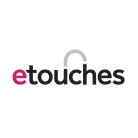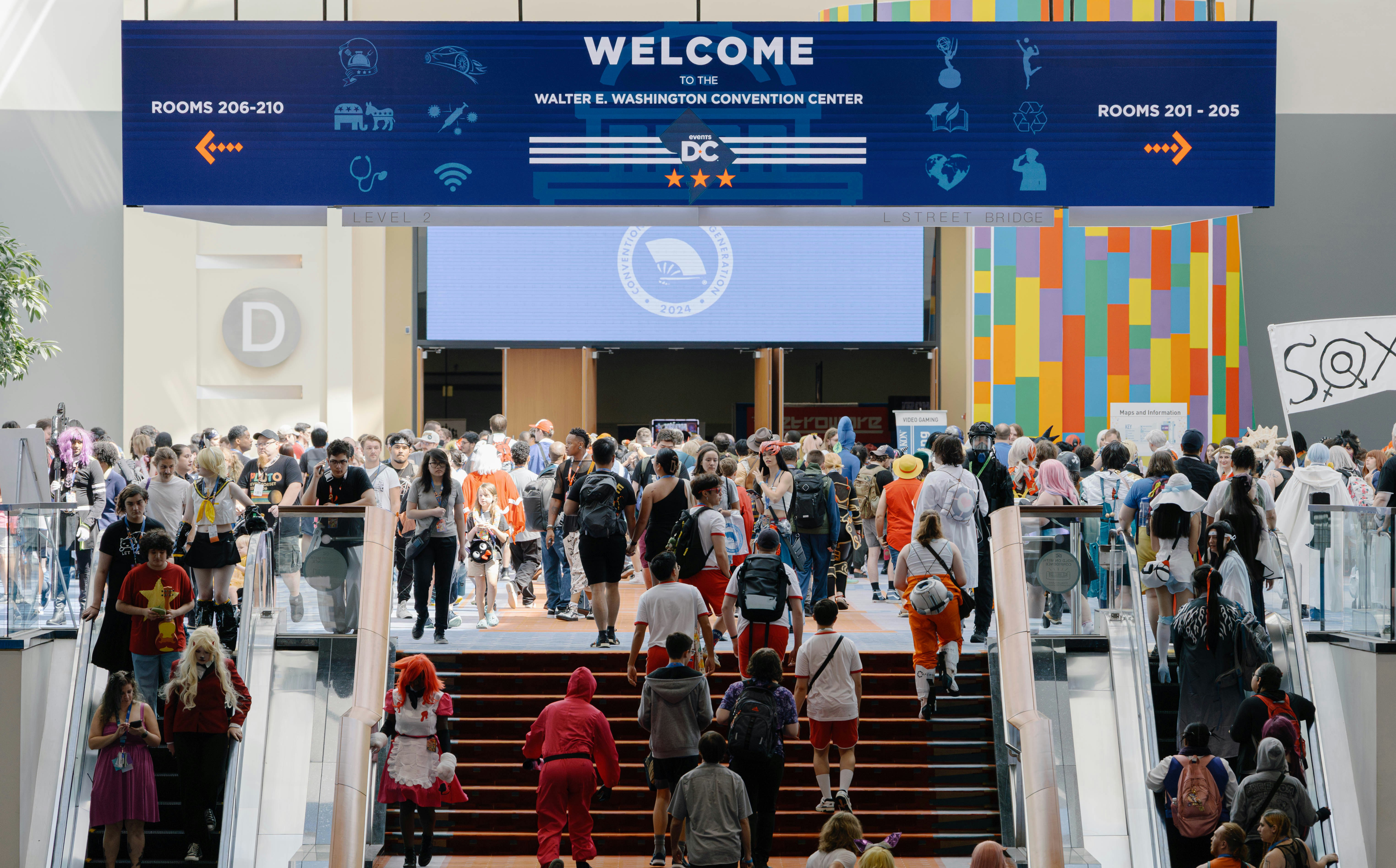Does Event ROI Exist?


Skift Take
This is a sponsored post written by Kristen Carvalho, Sr. Content and Social Media Manager at etouches. More information about Event Manager Blog’s sponsored posts.
If you are going by that definition then the answer would be no. Internal meetings, training events, incentive meetings, or award ceremonies; all of those events have no sales function behind them so no revenue will be gained from hosting them. However, even though these events do not bring financial return in the typical sense of bringing business to your organization, they still are able to bring value to your business overall. Instead of thinking of it as event ROI, think of it as your event performance against your specific and unique event objectives.
If your event doesn’t perform well, then you won’t achieve a positive ROI whether it’s measured in dollars, brand image, client satisfaction or a ton of other benefits. So how do you get your event to perform the way that you want it to with happy staff, happy attendees and, of course, happy stakeholders?
Setting Goals. Measuring Those Goals. Analyzing the Results.
Let’s take an internal training meeting as an example. As an in-house event planner you are tasked with organizing an internal meeting for your entire organization. This meeting's purpose is to inform all employees on the state of the organization and offer up training sessions where they can learn useful sales skills to bring back to their everyday work life. The goal of this meeting is to have your employees leave with more knowledge on the organization, new skills, new relationships and more. How do you track that? Through surveys, matchmaking in an event app, pushing them sessions that relate to their job role and much more. Then post-event, analyze the results and with some extra due diligence, you can see if your team put into practice what they learned months down the road.
All event goals are going to be different depending on the audience, purpose of the event and more, but there is one thing that you can do for almost every type of event to make a difference: add personalization.
Personalization helps to increase an event’s value for all participants. Wouldn’t you like to attend an event that you felt was created just for you? An event with the right content, the right people and the right networking opportunities? This is possible with a little help from the event performance technologies that are on the market today.
So just how do we increase event performance with personalization? Let us count the ways!
Before the Event
Pre-event, you can already start to increase your event performance by having the right strategies and technology in place to help you gather information about your attendees. The technology would be your marketing automation platform like Hubspot, Marketo, etc., your CRM database like Salesforce, and your event registration provider.
Through those technologies you can start to track the interests of your attendees to offer more customized content to them. You can start to see where someone is clicking in an email, on your website and what sessions they are signing up for. In return, during the event you then have the ability to push more customized content to specific attendees based on their interests.
You can also use this as a means to pivot your event approach. If you notice that people are not showing a lot of interest in one session or one sponsored content is getting more clicks than the others, maybe you choose to remove that one session and add an additional one from the more popular sponsor. If this is an internal training event, maybe you notice that people are registering for one training function more than others - then you can add a second session to take overflow attendees.
During the Event
This is the time where you start to look at someone’s behavior patterns. While tracking their interests pre-event is great, behaviors don’t lie. You can see if someone is really visiting sessions based on the topics that they selected pre-event. You can check to see if someone has been actively engaged in a session. You can see if people are really using the matchmaking or chat function within an app to network.
You do this through technology like iBeacons, badges, RFID, and event apps. This gives you a front seat into if your attendees' interests actively reflect their behaviors. And like we said before, if it doesn’t you can pivot your approach and outreach to them. You can direct them toward sessions or booths more directly related to their interests. You can even start to match them up with other attendees with like-minded behaviors to network with.
After the Event
Now comes the time to see how your event performed. Did your extra effort to include personalization make a difference? This can be tracked through your event app and onsite technology. You can look at dashboards to see how many engaged attendees you had and if they responded well to your communication.
Obviously one of the best ways to see if your event added value is through surveys with the attendees themselves. Distributing these is easy through your app, website or email. Once you collect all of their responses, you can analyze the results and make a conscious effort to make changes for future events. If this is an internal event or a recurring event, you can track an individual attendees journey through profiling. Create them a persona through your marketing automation tool and connecting it to your CRM platform. Then for your next training event, you know what you need to focus on more and what was already covered in your last event.
In Conclusion
Does event ROI exist? The answer is yes, but think of it more as event performance. What do you want your event to achieve? What goals are you going to set? Once you have those two things decided then you need to put the methodology in place to track and analyze the results. One of the best ways to do this is through personalization and attendee profiling. Begin to understand your attendees’ behaviors and in the end you will have an event with unlimited value! All events can show ROI, as long as they meet the objectives that were established before the event.




